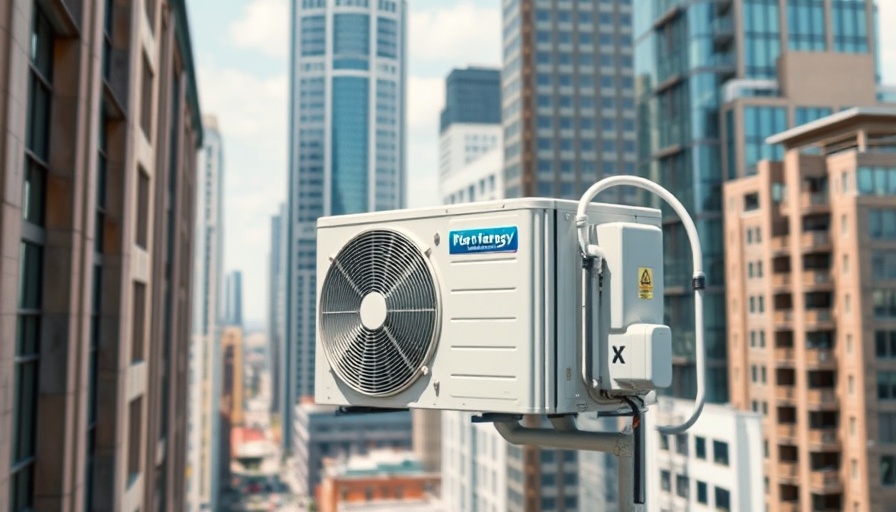
The Dilemma of Cooling: Balancing Comfort and Climate
In an age of scorching summer heat waves and increasing global temperatures, air conditioning (AC) demand is soaring, presenting a critical dilemma. As people seek refuge from extreme weather with chilled indoor environments, the harmful impacts of AC on the environment become undeniable.
Why the Demand for Air Conditioners is Skyrocketing
The convergence of climate change, rapid urbanization, rising incomes, and population growth is driving a remarkable surge in the need for air conditioning. According to projections from the International Energy Agency (IEA), demands could skyrocket—tripling by 2050 compared to numbers from 2016. Countries like India alone are expected to see their number of AC units balloon to 1.1 billion, which is more than tenfold the current count.
The Environmental Toll of Air Conditioning
While AC units undeniably enhance comfort, they come with a significant environmental price. Their operation requires vast amounts of energy, primarily generated from burning fossil fuels, which releases carbon dioxide (CO2)—a leading contributor to global warming. Moreover, the refrigerants used in air conditioning can possess a climate-damaging potential hundreds to thousands of times stronger than CO2 itself. Shockingly, nearly 40% of residential AC emissions are attributed to these refrigerants, compounding the already dire scenario.
Cooling and the Urban Heat Island Effect
In densely populated urban areas, the excessive use of air conditioning can worsen the urban heat island effect. This phenomenon occurs when cities absorb greater amounts of heat due to concrete buildings and asphalt roads, causing nighttime temperatures to rise. For instance, residents in busy metropolitan hubs like Hong Kong often turn on their ACs only to find that the heat expelled from neighboring units drives their indoor temperatures even higher—creating a frustrating cycle.
Looking Ahead: Can We Make Air Conditioning Greener?
Despite the challenges, there is hope for a more sustainable future. Manufacturers are working diligently to produce energy-efficient models that consume less power. Innovations in smart technology allow AC systems to operate only when necessary, minimizing energy usage when rooms are empty. Furthermore, scientists are exploring alternative refrigerants and revolutionary AC technologies that could mitigate environmental harm. Notably, two companies achieved recognition in a global competition for designing prototypes with significantly lower climate impact.
Global Efforts to Reduce Cooling-Related Emissions
The urgency of the situation has not gone unnoticed, as many countries have committed to the Global Cooling Pledge, which aims to reduce cooling-related emissions by at least 68% by 2050 compared to 2022 levels. The push for this collective goal emphasizes the importance of sustainable development practices that address the interconnected challenges of climate change and public health.
How We Can Take Action Now
Individuals and communities can contribute to these efforts by adopting more sustainable living practices. This includes exploring alternative energy sources like solar power for AC systems, engaging in community gardens, and considering lifestyle changes that prioritize eco-friendly products. By becoming conscious consumers and advocates for green initiatives, each person can help reduce their ecological footprint and drive the demand for environmentally friendly technologies.
In conclusion, while air conditioning provides relief during unbearable heatwaves, it also poses significant environmental challenges that demand immediate attention and alternative solutions. By embracing energy-efficient practices, innovative technologies, and shifting towards sustainable lifestyles, we can navigate the air conditioning dilemma together, ensuring a cooler, more sustainable future for generations to come.
 Add Row
Add Row  Add
Add 



Write A Comment